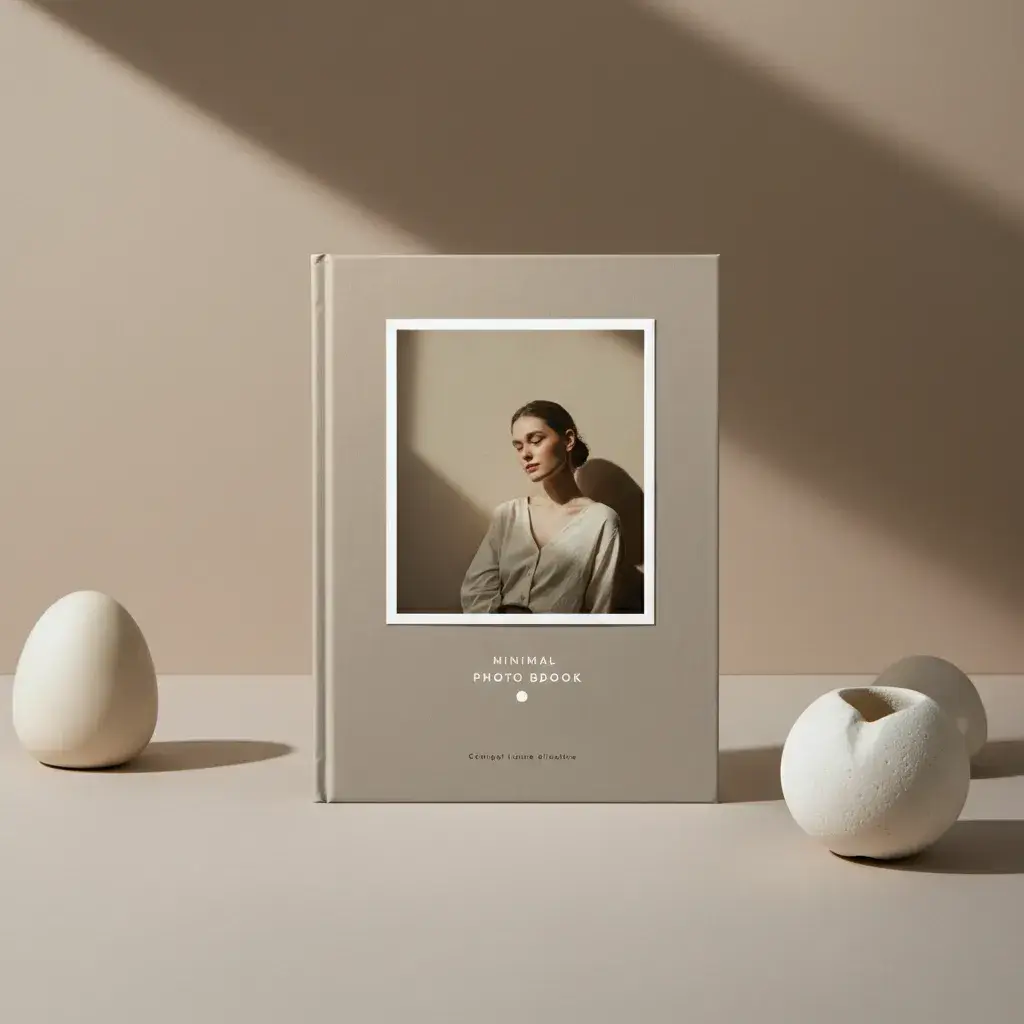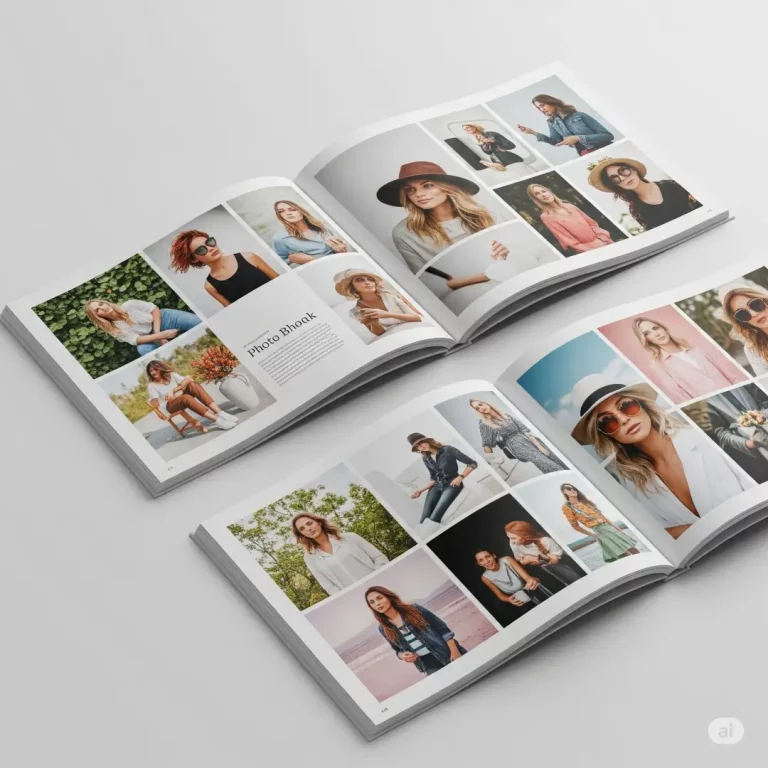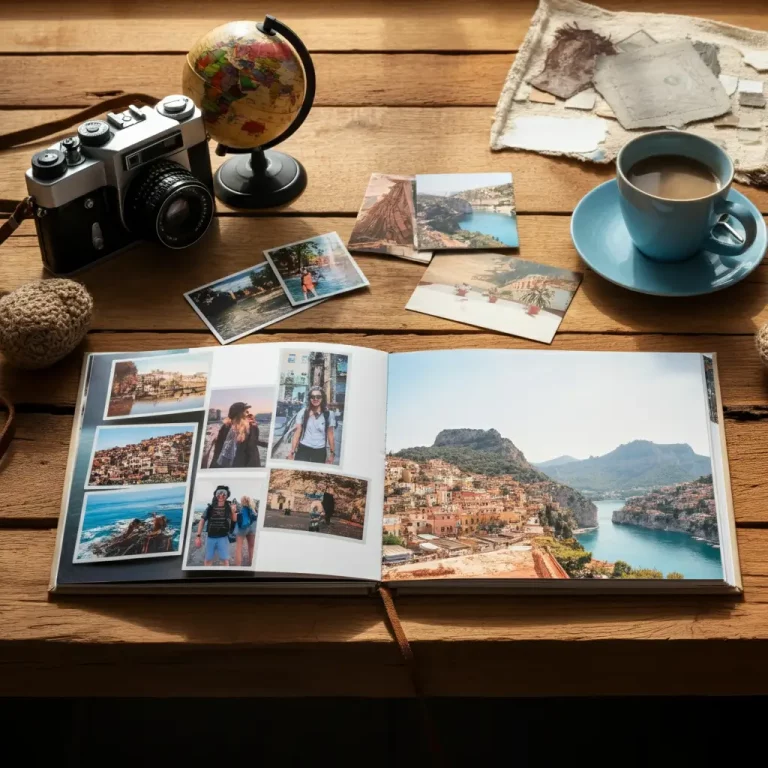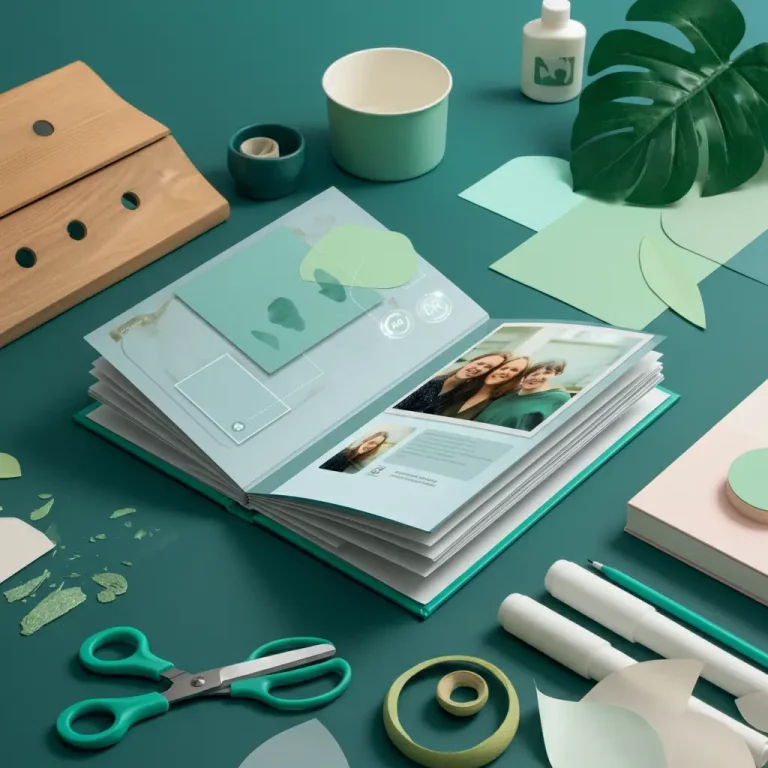In this age of visual stimulation and a plethora of information photobooks that are minimalist are a captivating media that celebrates simplicity as well as clarity and storytelling with photography. This article examines the concept of minimalist photography and its distinctive traits, design principles and the reason why they resonate deeply in the current visual culture.
Understanding Photobooks and Minimalism
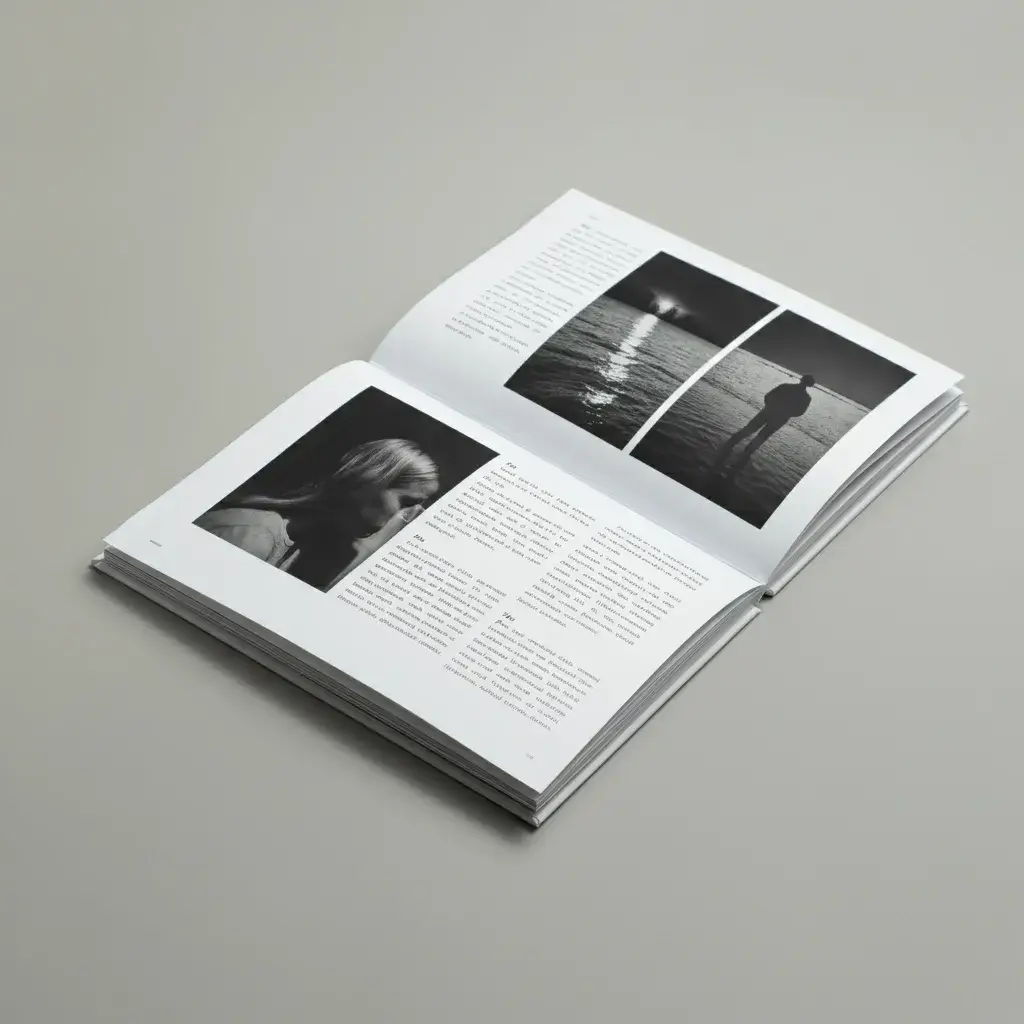
A photobook is not just a collection. It’s a result of artistic, publishing and design processes that conserve and convey emotions, ideas and stories through a well-balanced combination of images along with text design and text. In contrast to traditional photo albums, photobooks usually emphasize artistic intention and originality of design, which makes their unique style of expression through visuals.
Minimalism is a design philosophy that is a call to reduce things to the essentials – removing everything else to emphasize what really matters. Photography and minimalistism are focused on simple forms, geometric designs and the aesthetics of everyday and simple objects, making them stunning visual evocations. The minimalist design of photobooks applies these concepts to layout and storytelling, resulting in a calm and captivating visual experience.
Key Characteristics of Minimalist Photobooks
Simple and clear:
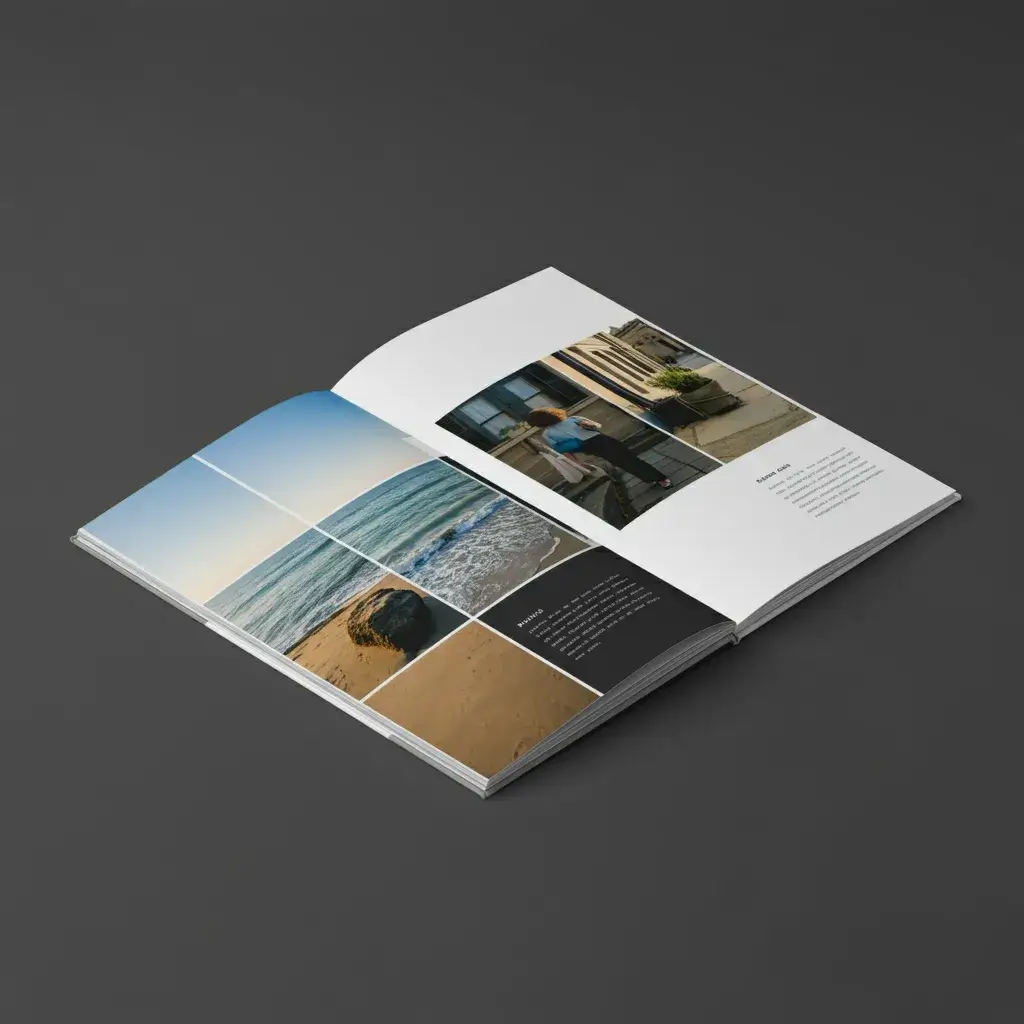
Minimalist photobooks use clean simple layouts that let each photo to stand out and not be distracted by. Negative space, or white space, is crucial in framing photos and allowing them to breathe.
Focused Content:
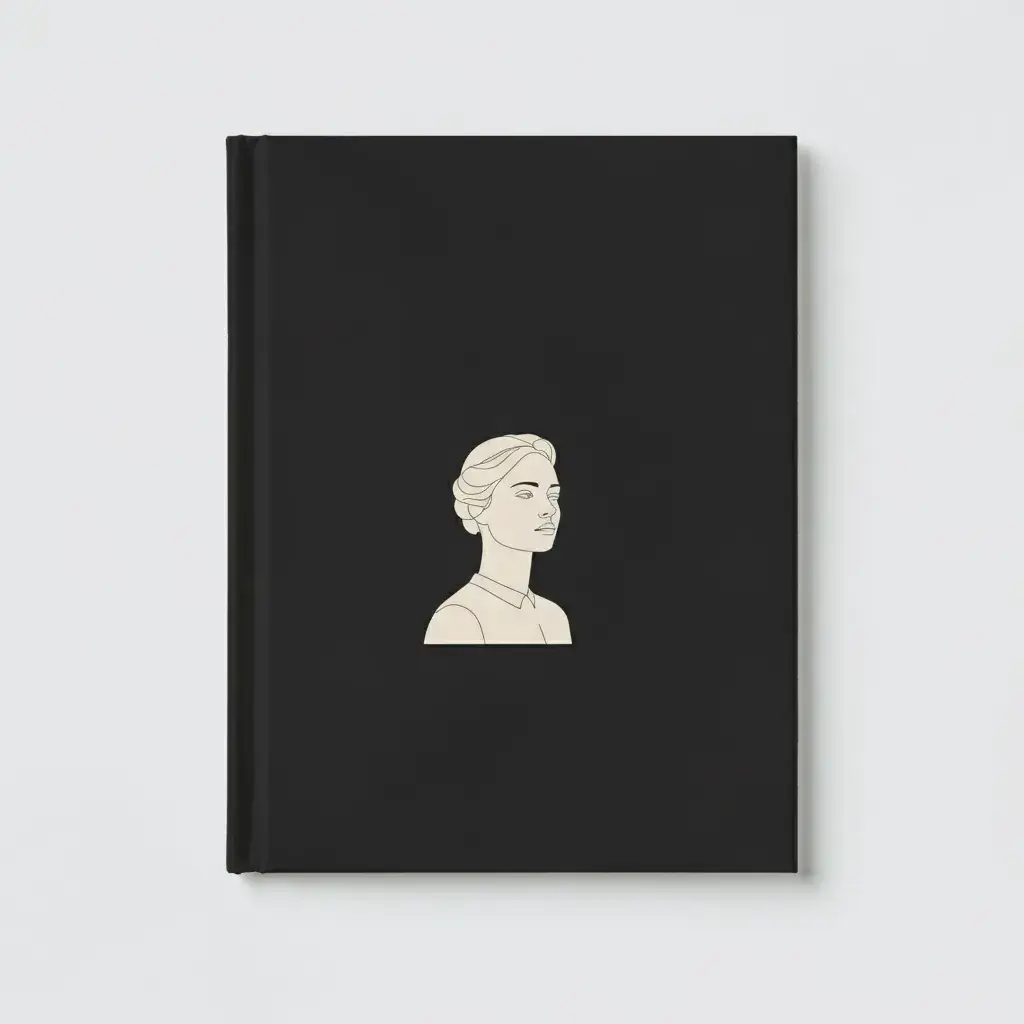
The selection of images is carefully and controlled, usually focusing on images that best convey the main message or emotion. This avoids redundant content and emphasizes the quality of images over the quantity.
A Consistent Style and Theme:
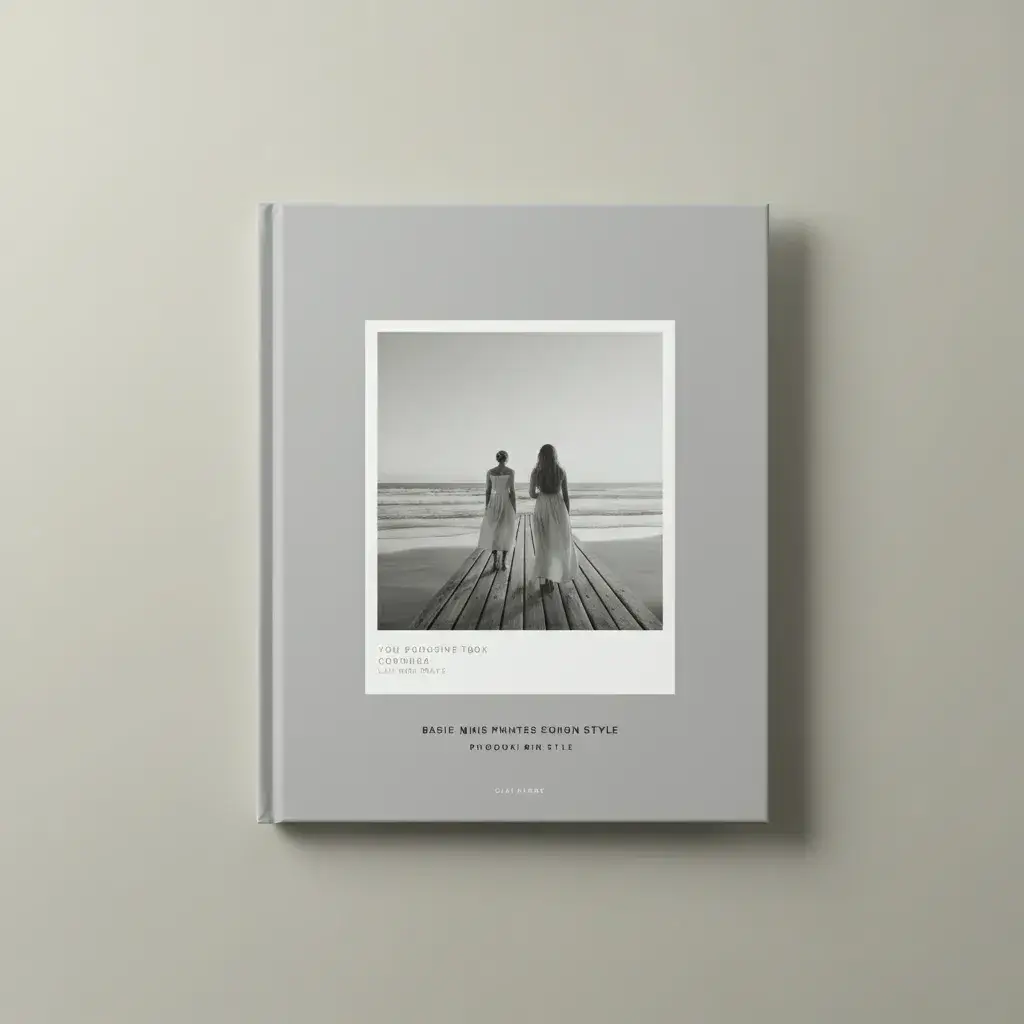
Minimalist photography books maintain a consistent visual theme, be it through monochrome color schemes, uniform typography or a consistent narrative style, which enhances the overall harmony.
Beautiful use of Design Elements:
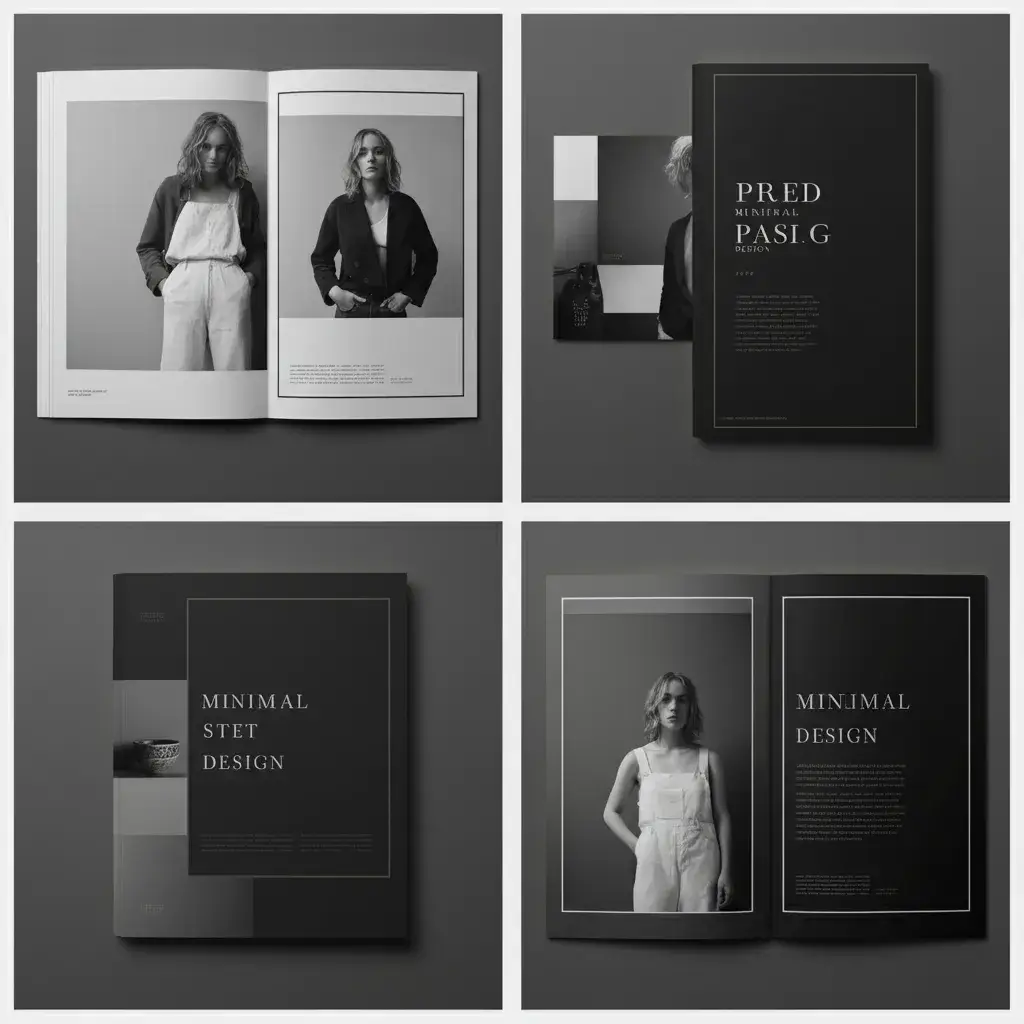
Borders, margins as well and subtle typefaces are utilized to complement instead of competing with photographs. The design helps tell stories without overwhelming the reader.
Narrative Flow:
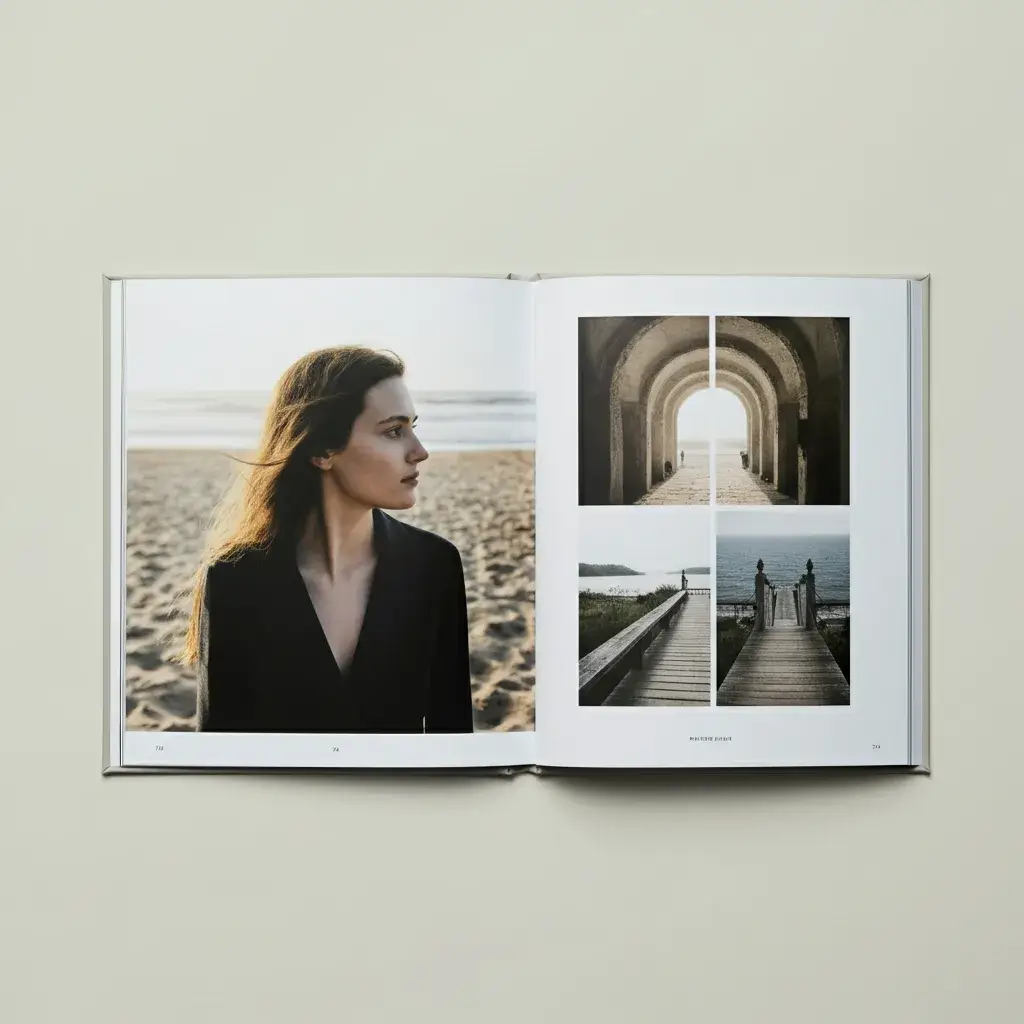
Despite their simplicities the minimalist photobooks are able to tell a story in a chronological or thematic. Or, they can guide viewers through the images by carefully pacing and sequencing.
Why Minimalism in Photobooks Matters Today
Photobooks that are minimalist are not simply a choice for aesthetics, it is a response to the complexity of modern life and overwhelming sensory experience. In a world where we are constantly bombarded with digital information, minimalist photobooks provide the chance to experience a moment of peace and calm, allowing readers to slow down and take time to engage deeply with each photograph.
This style is in line with the broader minimalist movements in the fields of lifestyle design, art, and fashion and reflects a need to be clear, purposeful and authentic. Photobooks that are minimalist can be lasting keepsakes that hold memories and artistic ideas with a design that feels modern and durable.
Practical Tips for Creating Minimalist Photobooks
- Edit and organize your content ruthlessly. Choose only the best images that are meaningful to your narrative. Be sure to avoid overcrowded pages to keep the attention and impact.
- Make use of white space effectively: Use large spaces and empty pages in order to emphasize photographs and to create balance.
- Use a consistent theme. Choose the same colour palette style, design, or narrative style to unite the entire book.
- Utilize Design Principles: Utilize the rule of thirds, negative space and simple typography to increase the aesthetic without clutter.
- Tell a Story: Arrange pictures to lead the viewer on the emotional and chronological experience with minimal text necessary to help tell the story.
- Choose High-Quality Materials: Go for a high-quality binding and printing to ensure durability as well as tactile quality, enhancing its minimalist appeal.
Conclusion
Minimalist photobooks offer an exquisite way of telling a story visually, in which less is more. By focusing on the essentials of images, clear design, and thoughtful storytelling photos, they provide an intimate and powerful experience for readers. In a sea of photographs, these minimalist books make a statement as elegant, timeless artifacts that highlight the simplicity of things and the art of seeing with a mindful eye.
This synergy draws on the scholarly descriptions of books as a unified artistic products as well as the basic principles of minimalist design and photography, and practical design tips for designing effective photobooks. Simple photo books offer a profound blend of design, art and storytelling that are a staple in our current culture of visuals.

